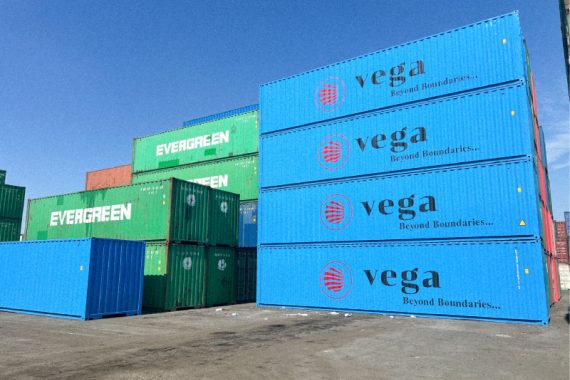
In the intricate web of global commerce, where goods traverse vast distances to reach their destinations, land transport stands as a cornerstone of efficient logistics. From bustling urban centers to remote rural outposts, the arteries of road and rail connect producers to consumers, manufacturers to markets, and suppliers to retailers. Let’s delve into the significance of land transport in the realm of logistics.
The Backbone of Connectivity
Land transport, comprising road and rail networks, forms the backbone of connectivity in modern supply chains. Roads snake through diverse terrains, traversing mountains, crossing deserts, and bridging rivers, ensuring the seamless flow of goods across regions. Meanwhile, railways span continents, offering efficient and cost-effective mass transport of cargo over long distances.
Flexibility and Accessibility
One of the key advantages of land transport is its flexibility and accessibility. Unlike other modes of transport, such as sea or air, which may be constrained by geographical limitations, land transport can reach even the most remote locations with relative ease. This accessibility ensures that goods can penetrate deep into hinterlands, facilitating trade and economic development in previously isolated regions.
Last-Mile Delivery
In the era of e-commerce dominance, last-mile delivery has emerged as a critical component of logistics. Land transport, particularly through road networks, plays a pivotal role in this final stretch of the supply chain. Delivery trucks navigate city streets and suburban neighborhoods, ensuring that parcels reach doorsteps promptly and efficiently. The efficiency of last-mile delivery can significantly influence customer satisfaction and loyalty.
Cost-Effectiveness
Land transport is often hailed for its cost-effectiveness, especially for shorter distances or bulk cargo. While air transport may offer speed, it comes at a premium cost, making it less economical for large volumes of goods. Land transport, on the other hand, provides a balance between cost and speed, making it a preferred choice for many businesses seeking to optimize their logistics operations.
Infrastructure Investment
The efficiency of land transport is closely tied to the quality of infrastructure. Governments and businesses alike recognize the importance of investing in road and rail networks to enhance connectivity, reduce congestion, and improve safety. Infrastructure projects, such as highway expansions, bridge upgrades, and rail electrification, are critical for unlocking the full potential of land transport in logistics.
Conclusion
In the dynamic landscape of logistics, where speed, reliability, and cost-efficiency reign supreme, land transport stands as an indispensable pillar. From the first mile to the last, roads and railways crisscross the globe, facilitating the movement of goods and driving economic growth. As technology continues to advance and infrastructure evolves, the role of land transport in logistics will only become more pronounced, cementing its status as a vital lifeline of global commerce.

